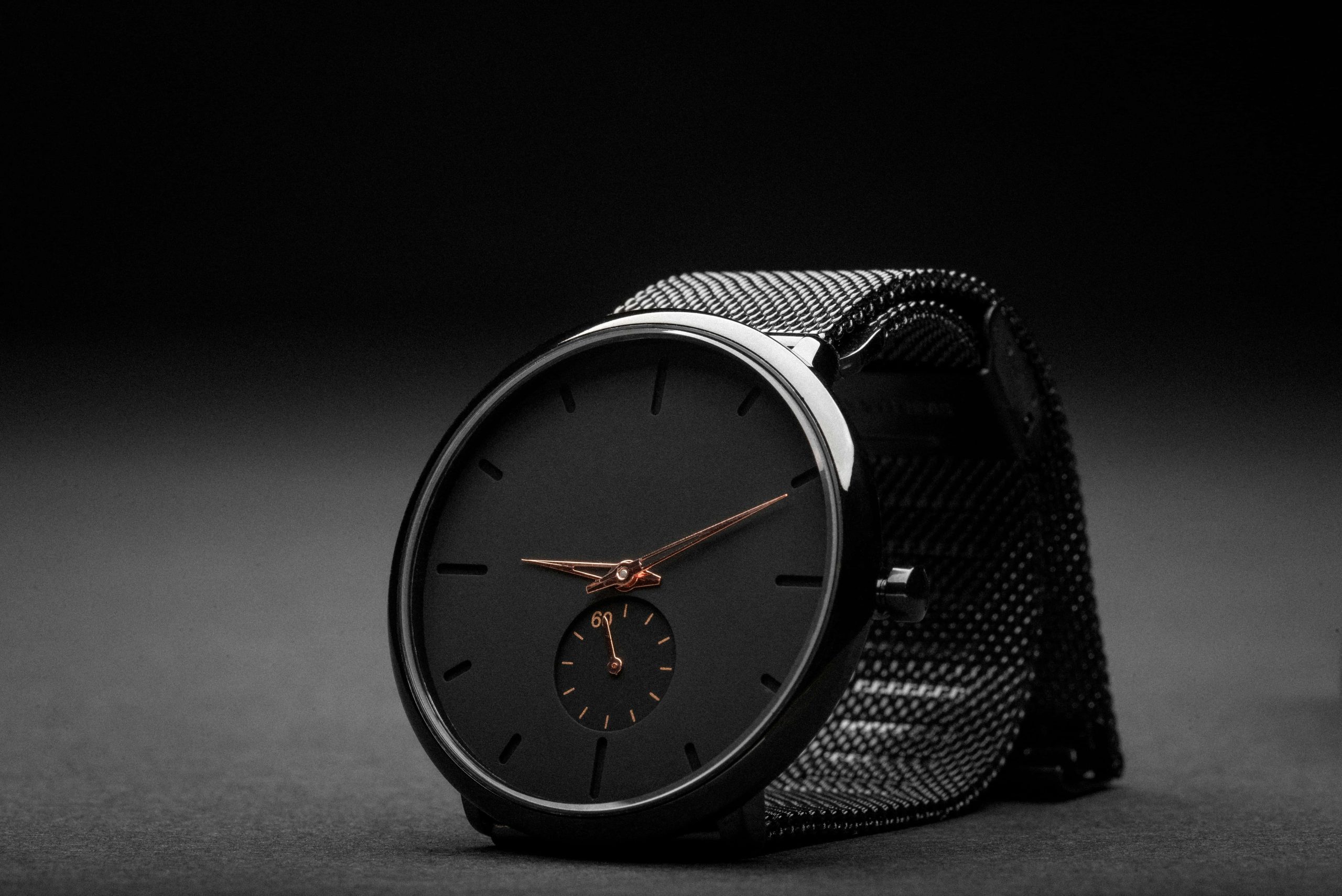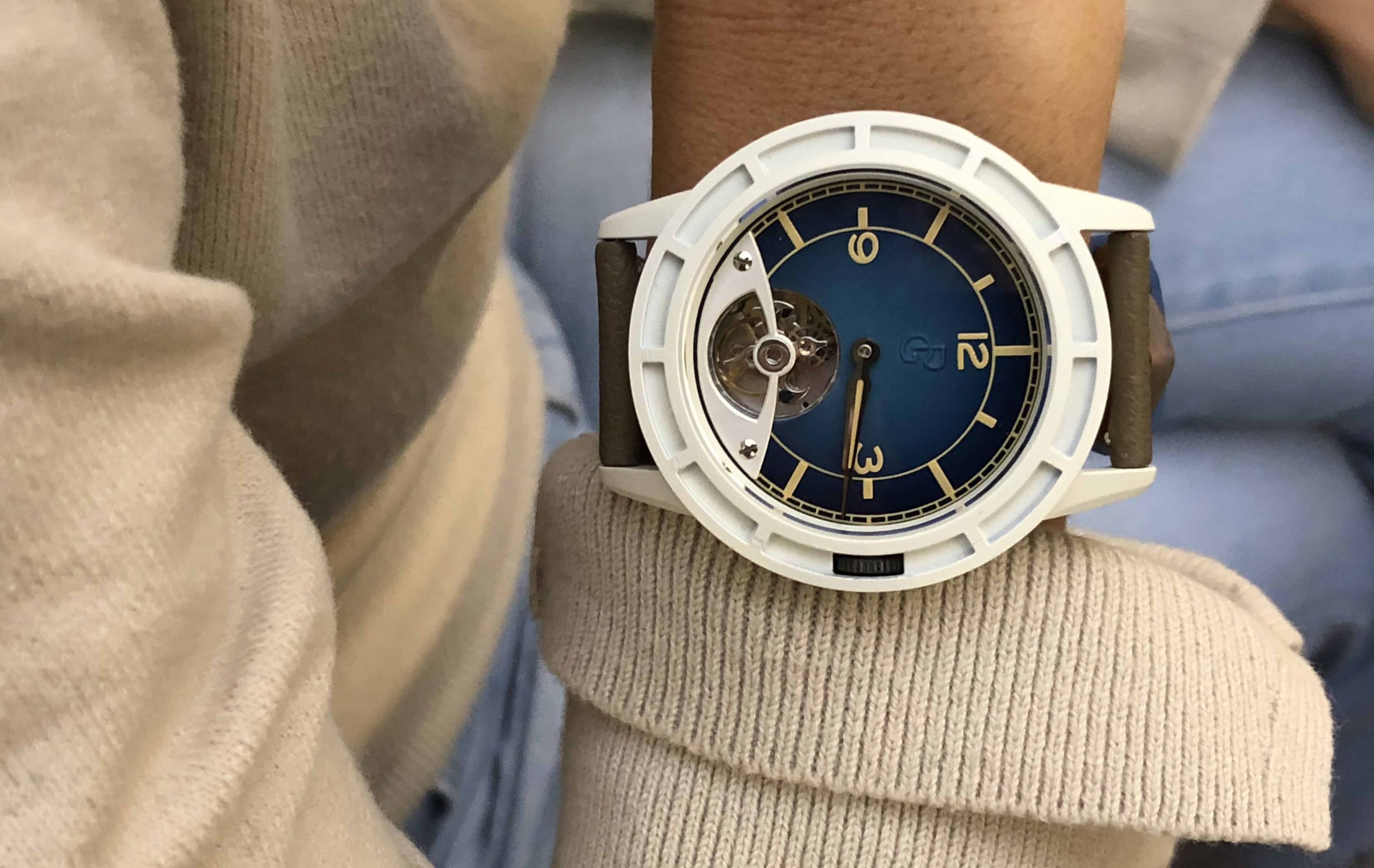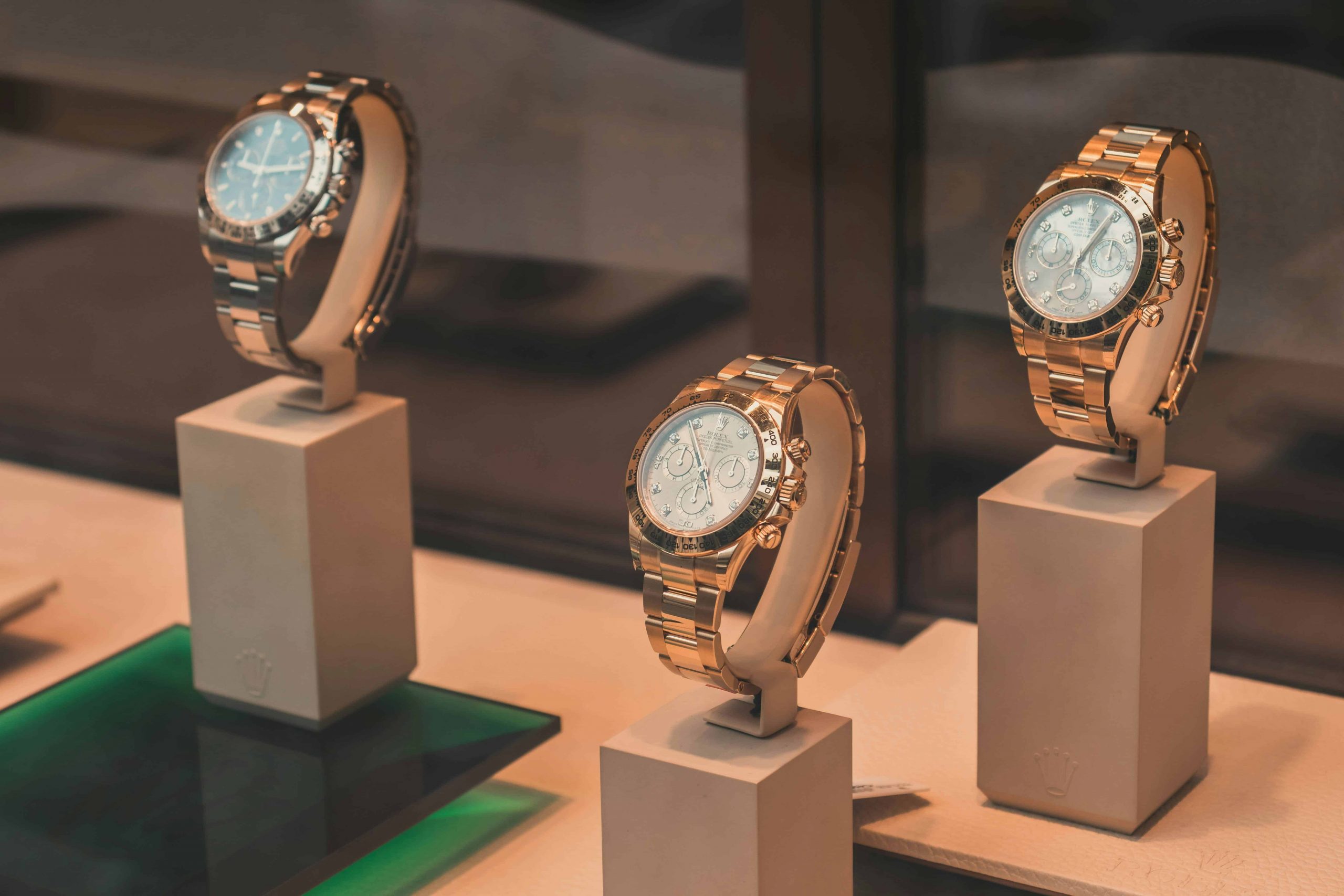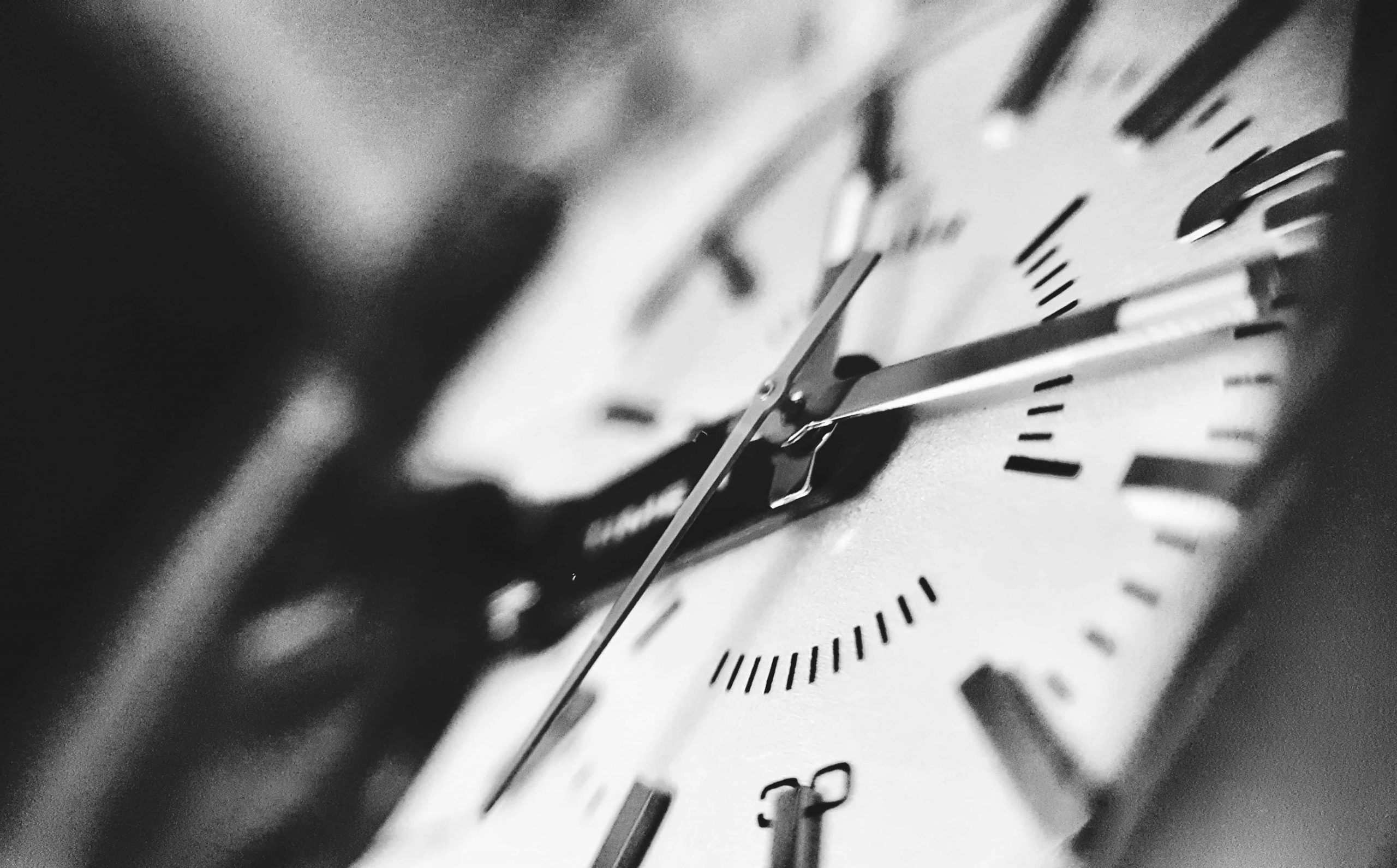
Heritage of Watchmaking Craftsmanship: A Journey Through Time
Introduction
Watchmaking craftsmanship stands as a testament to human ingenuity and precision. From early timekeeping devices to the intricate mechanical wonders of the present, the evolution of watchmaking has been a captivating journey. In this article, we embark on a historical exploration, uncovering the roots of watchmaking and tracing its development through the ages.
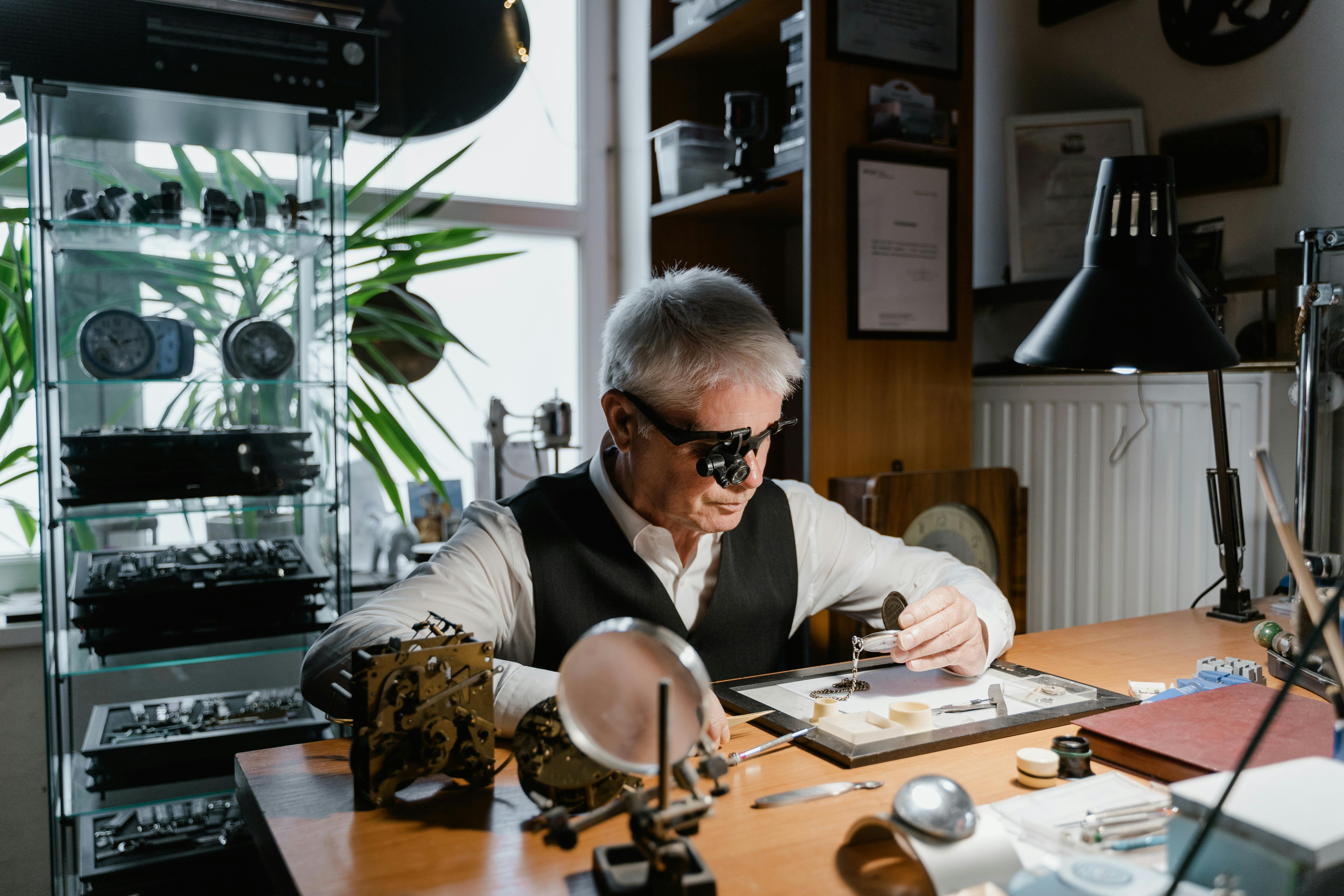
© Tima Miroshnichenko / Pexels
Watchmaking Craftsmanship: Historical Roots
Early Timekeeping Devices
The journey begins with sundials and water clocks, rudimentary yet revolutionary in their time. These devices, while innovative, were limited in accuracy, sparking the quest for more precise timekeeping mechanisms.
Birth of Mechanical Watches
The 14th century witnessed the birth of mechanical watches, a pivotal moment in horological history. Innovations like the escapement mechanism and mainspring brought forth a new era. Regions like Switzerland and England became hotspots for horological breakthroughs, with luminaries such as Abraham-Louis Breguet leaving an indelible mark on the craft.
Evolution Through the Centuries
As centuries passed, watchmaking craftsmanship saw continuous evolution. Advancements in technology, novel materials, and design flourished. The craft was not only shaped by technical prowess but also influenced by cultural and societal changes.
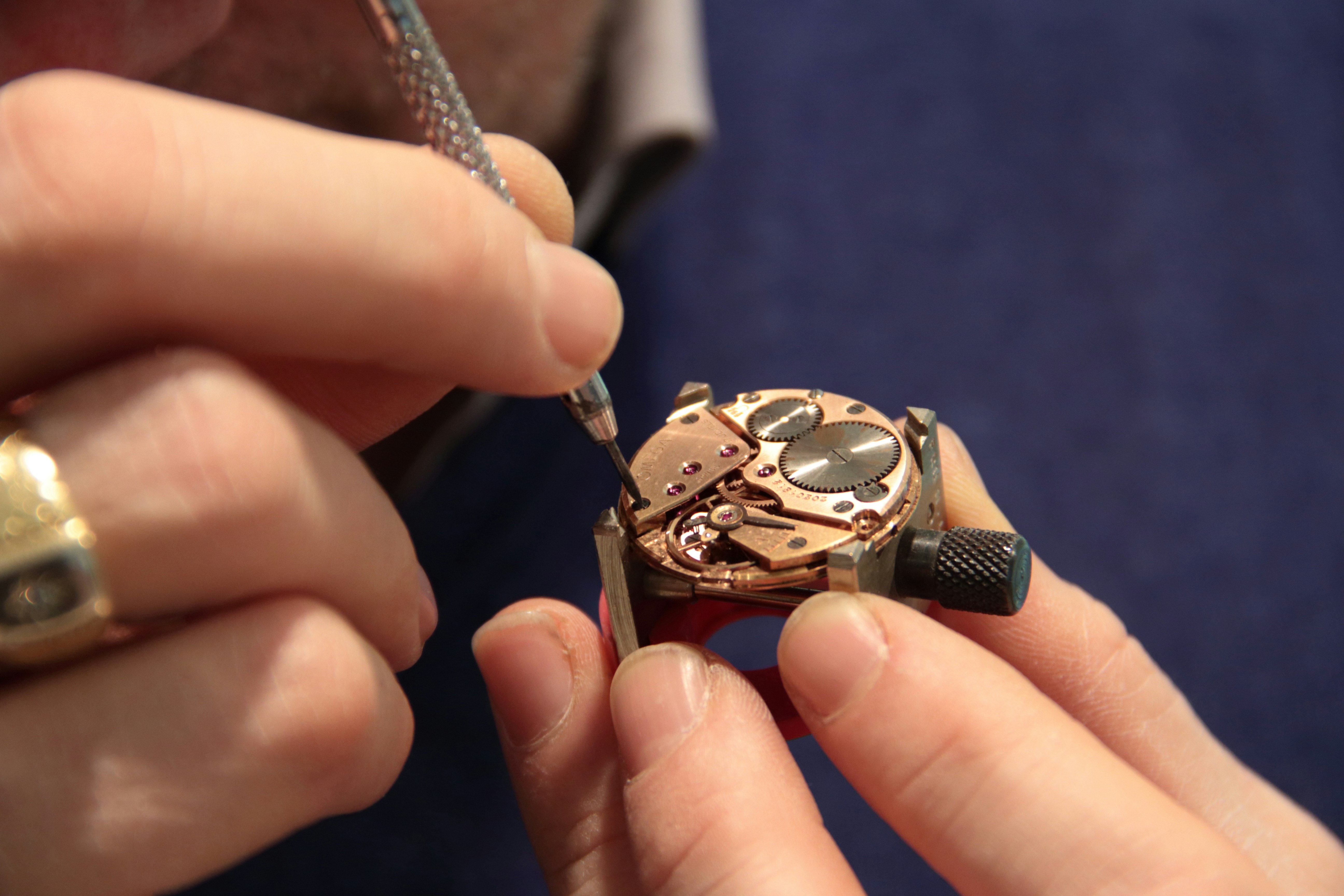
© Matteo Vella / Unsplash
Present-Day Landscape
Diversification of the Industry
Today, the watchmaking industry boasts diverse styles and brands. The dichotomy between mass production and independent artisans is evident, marking a shift in consumer preferences.
Technological Advancements
Modern watchmaking craftsmanship thrives on technological innovation. Advanced materials, intricate mechanisms, and multifunctional features define contemporary timepieces. However, this progress raises questions about the impact on traditional craftsmanship.
Future Outlook
Looking ahead, the industry faces emerging trends and challenges. The delicate balance between tradition and technology is crucial. Preserving the skills passed down through generations remains essential for a sustainable future.
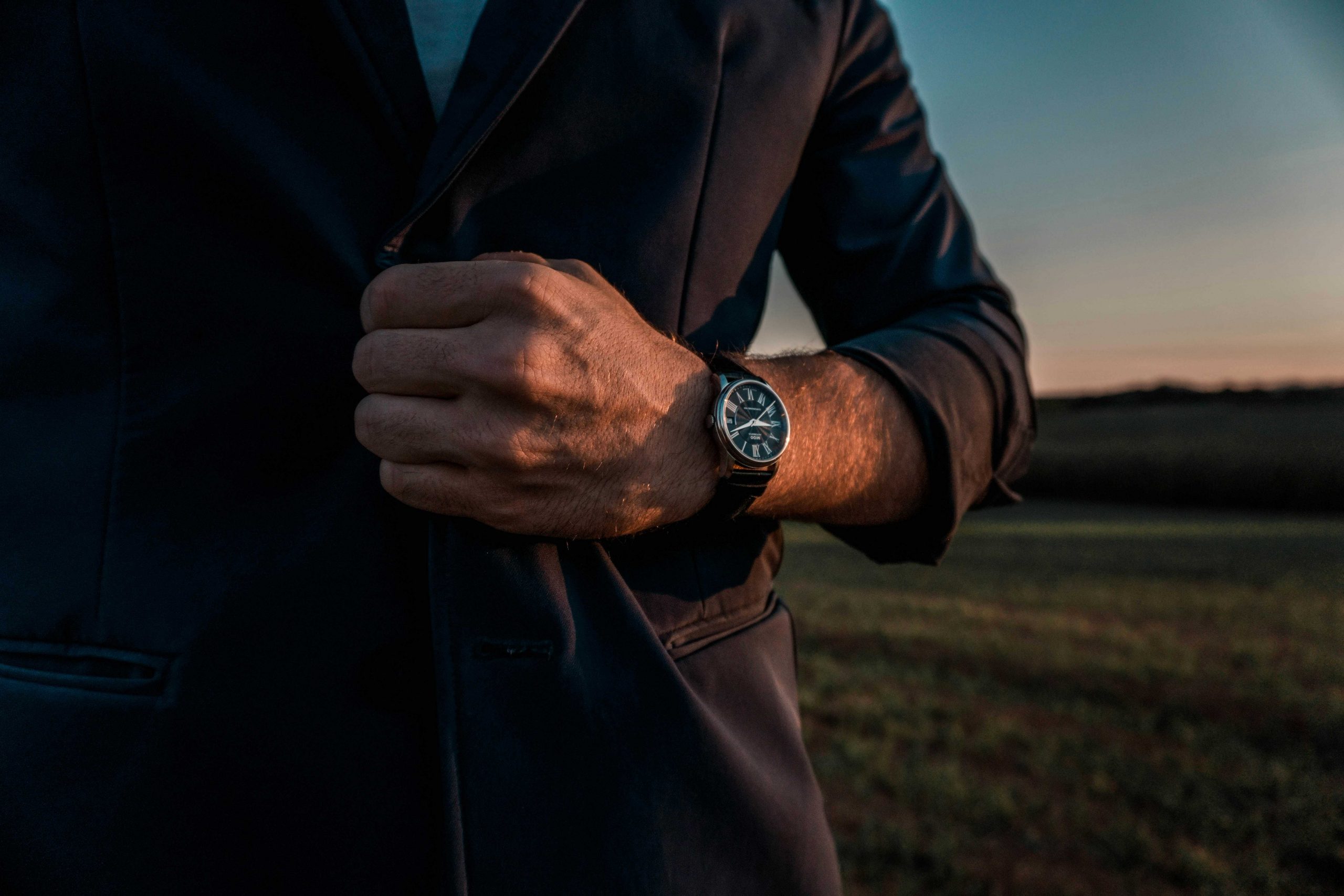
© Will Gonzalez / Unsplash
Conclusion
In summary, the heritage of watchmaking craftsmanship is a rich tapestry woven through time. From humble beginnings to the present, the craft has endured and adapted. The synergy of tradition and technology is the key to its future. As we celebrate the legacy, let us acknowledge the artisans who continue to craft timepieces that transcend generations.
Key Takeaways
- Historical Evolution: Watchmaking’s journey from early devices to modern intricacies demonstrates human ingenuity and precision.
- Innovations and Regions: The 14th-century birth of mechanical watches, marked by innovations like escapement mechanisms, defined regions like Switzerland and England as horological hubs.
- Continuous Adaptation: Watchmaking’s evolution over centuries, shaped by technical advances and societal changes, highlights its continuous adaptation.
- Present Diversity: The modern industry showcases diverse styles and brands, reflecting a shift in consumer preferences between mass production and independent artisans.
- Tech Impact: Contemporary timepieces leverage technological innovation, raising questions about their impact on traditional craftsmanship.
- Future Challenges: Emerging trends and challenges underline the need for a delicate balance between tradition and technology for a sustainable future.
- Synergy for Future: The key to watchmaking’s future lies in harmonizing tradition and technology, preserving skills for future generations.
- Artisan Acknowledgment: Celebrating the heritage includes recognizing artisans who craft timepieces that transcend generations, adapting to present and future demands.
FAQs (Frequently Asked Questions)
Why were early timekeeping devices, like sundials and water clocks, limited in accuracy?
Early devices were innovative but imprecise, relying on natural elements and rudimentary mechanisms, prompting the search for more accurate methods.
What marked the pivotal moment in the 14th century for watchmaking with the birth of mechanical watches?
The 14th century saw the birth of mechanical watches, driven by innovations like the escapement mechanism and mainspring. This era became crucial in horological history, with key developments in regions like Switzerland and England led by luminaries like Abraham-Louis Breguet.
How has watchmaking craftsmanship evolved over the centuries, and what influenced its development?
Watchmaking has evolved through continuous advancements in technology, materials, and design. Shaped by both technical prowess and societal changes, the industry remains dynamic and responsive.
What defines the present-day watchmaking industry landscape?
The industry today features diverse styles and brands, reflecting a shift in consumer preferences. The dichotomy between mass production and independent artisans offers a broad spectrum of choices.
How does technological innovation impact traditional craftsmanship in modern watchmaking?
Modern watchmaking thrives on technological innovation, introducing advanced materials and mechanisms. While enhancing timepieces, questions arise about their impact on traditional craftsmanship, emphasizing the need for a delicate balance between tradition and technology.
Discover the exquisite craftsmanship and timeless elegance that define Pierre Gaston Tourbillon timepieces in this captivating exploration.


